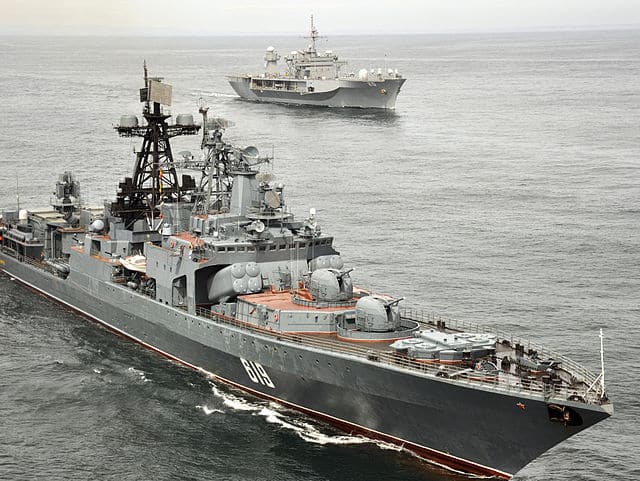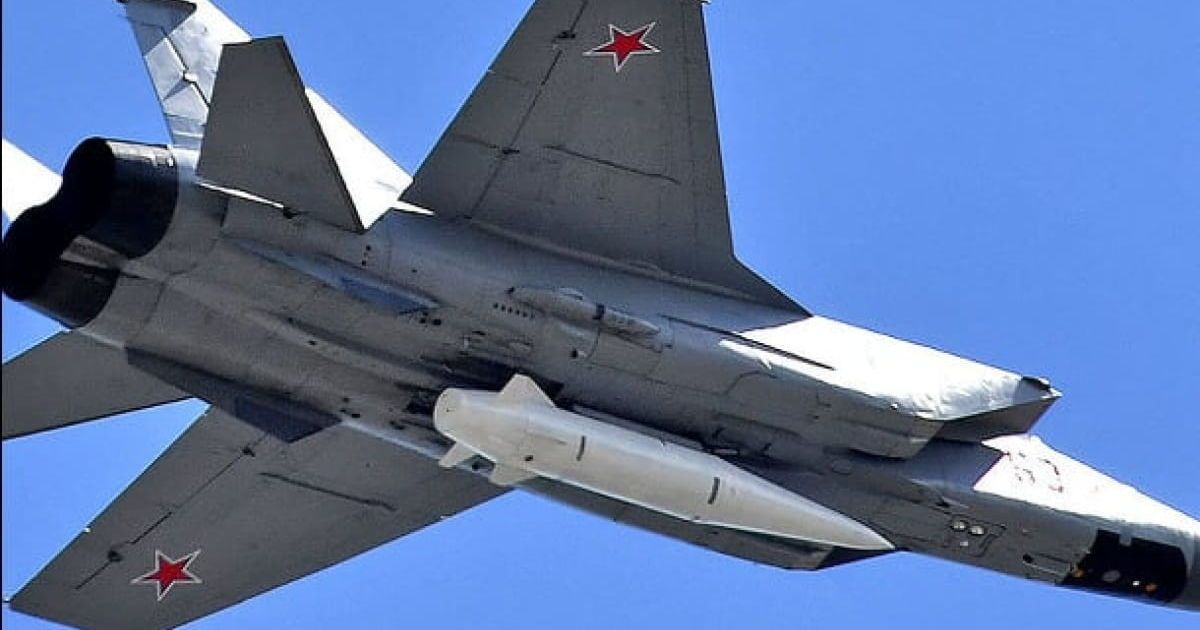The importance of a fully capable and balanced fleet
Today we celebrate the Day of the Ukrainian Naval Forces (July 2). On this occasion, I would like to share some thoughts on the topic of the Navy.
Ukraine has no other choice but to build a fully capable and balanced fleet.
The postulate about the vulnerability of modern ships to modern anti-ship missiles doesn’t hold true to its full extent, to put it mildly.
On one hand, there is the sunken cruiser Moskva destroyed by the Neptune missile and the landing ship Saratov destroyed by the Tochka-U missile on land, mentioned in the national panegyric. On the other hand, none of the Russian ships of the frigate and corvette classes armed with Kalibr missiles have been successfully sunk so far. The Neptune attack on the frigate Admiral Essen can be better described as “preparatory,” after which corrections allowed for successful attacks on the Moskva.
Furthermore, Russians are gradually introducing three more “Karakurt” project corvettes with Kalibr missiles into the Russian Black Sea Fleet. It is allegedly planned to deploy them in the temporarily occupied city of Mariupol.
Ukraine already has a cost-effective mosquito fleet, which precisely refers to those same “kamikaze boats.”
Yes, so far they have not managed to sink any of the Russian Black Sea Fleet ships, but rather inflict damage, such as the notable Ivan Khurs. However, on the other hand, the true purpose of the mosquito fleet is to compel the enemy fleet to refrain from active operations and to fortify themselves as much as possible within their bases through proactive actions.
What is currently happening with Russians is that they have transferred a significant portion of their ships armed with Kalibr missiles to Novorossiysk, and they are attempting to camouflage most of these vessels, as if emulating the German Kriegsmarine during World War II.
See also: Hacking the Lancet. Ways to defend against a Russian drone
What they are trying to label as the mosquito fleet in our case, referring to assault boats with short-range armament for coastal areas, is not actually a mosquito fleet, and it certainly won’t help protect maritime communications.
However, we also need such types of boats in large quantities for the defense of waterways, maritime ports, and rivers. The scale of this need can be illustrated by Sweden itself, the “trendsetter” with its CB90, which has approximately 90 boats of this type.
At the same time, it should be considered that assault boats are also vulnerable to various types of weapons. Ukrainian military sank Russian Raptor boats using anti-tank missile systems and Bayraktars. One of our official sources did acknowledge the episode of Russians attempting to strike a Gyurza-class gunboat with a Lancet missile, but the boat survived, and the crew was saved.
Challenges and considerations in building the Ukrainian fleet
When it comes to the large surface vessels of the Ukrainian Navy, the situation is indeed heterogeneous.
We have the frigate Hetman Sahaidachny which was non-operational at the beginning of the full-scale invasion and was ultimately sunk in early March 2022. We also have the minesweepers Cherkasy and Chernihiv under the flag of the Ukrainian Navy, currently in the waters near Great Britain because they cannot pass through the English Channel due to the Montreux Convention.
There is the ship Balta, which played a perfect role as a mine barrier to prevent Russians from reaching Odesa at the beginning of the war. And there is the ship Yuri Olefirenko, which historically served as a maneuverable floating battery in the defense of Ochakiv against Russian soldiers.
The argument that “Ukraine cannot afford a fully capable fleet economically” no longer holds true after February 24, 2022, when the damages caused by the maritime blockade far exceeded the likely costs of all possible ambitious naval military programs.
Accordingly, after the victory, Ukraine will need a fleet that will have everything — corvettes and minesweepers, missile and attack boats, naval “kamikaze drones” and, possibly, other types of unmanned ships. And in addition, a fleet of domestically produced patrol aircraft, which would definitely be preferable to building a second Mriya aircraft.
However, we have to be prepared for the fact that relying solely on domestic industry and technology may not always work. For example, currently, the Poles claim that Ukraine is in negotiations with them to purchase coastal anti-ship missile systems NSM. This raises the question, what about the Neptune system?
Also, we have to consider that after Ukraine’s victory, the Navy will need to be built “for yesterday” rather than planning for 2035.
Originally posted by Ivan Kyrychevskyy on Gazeta.ua. Translated and edited by the UaPosition – Ukrainian news and analytics website




